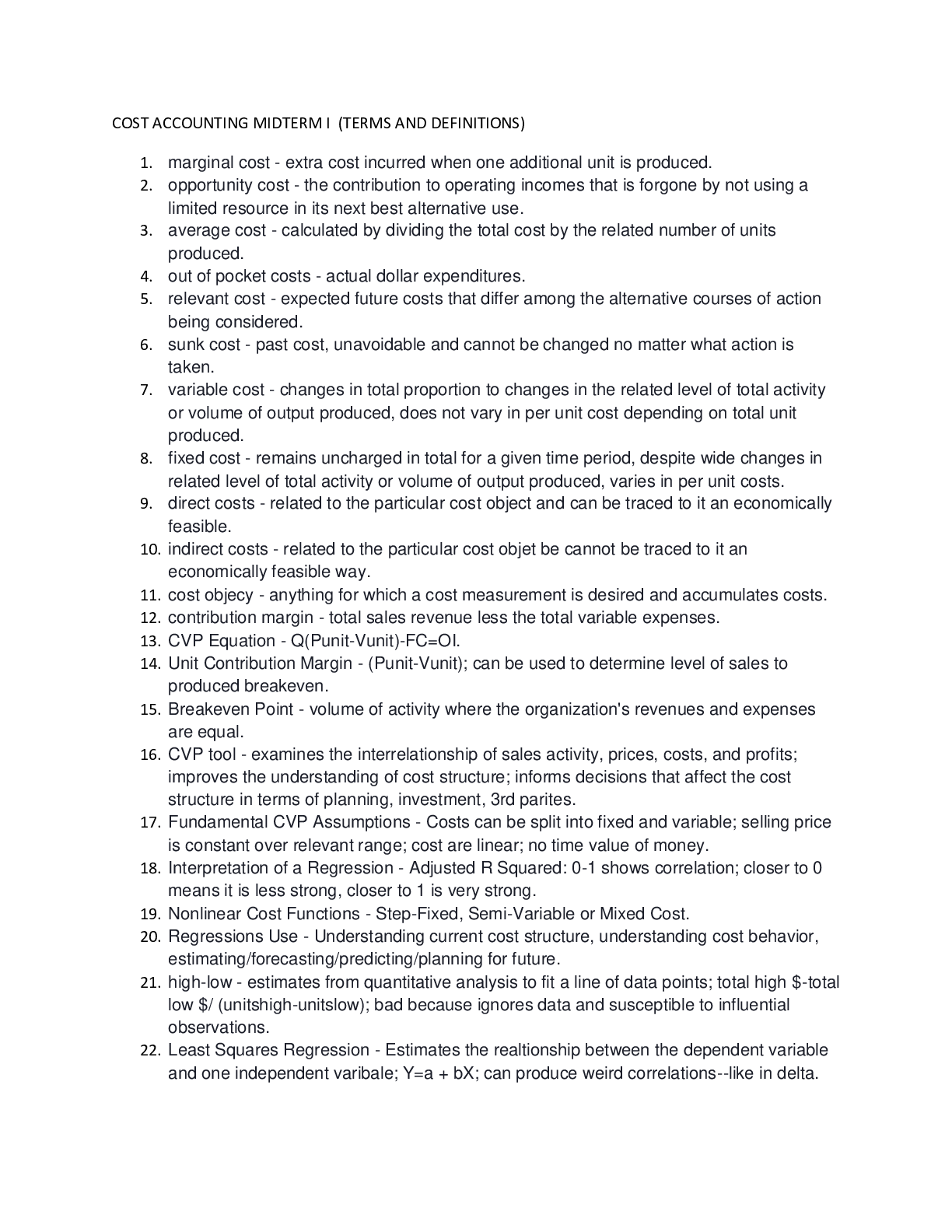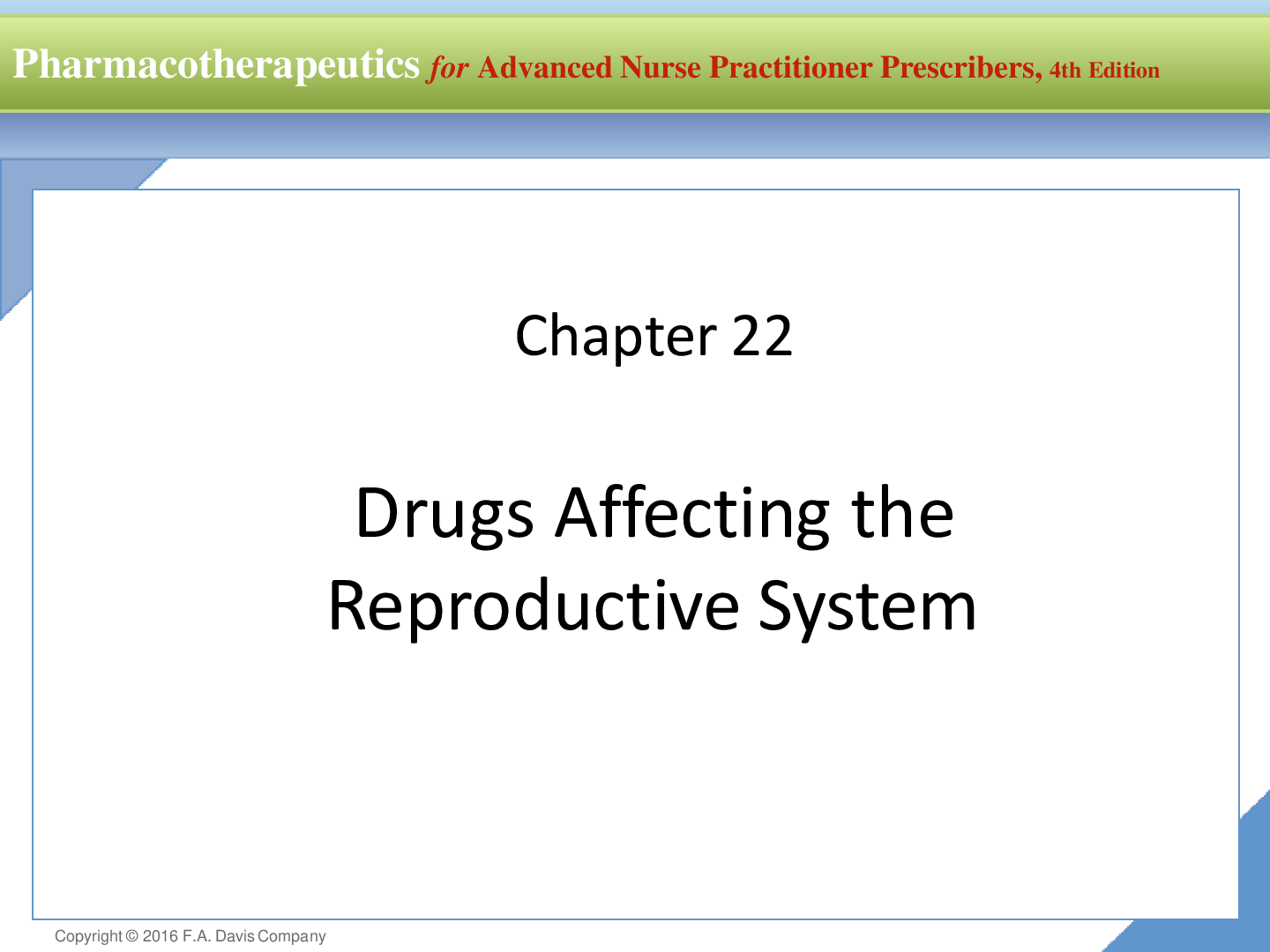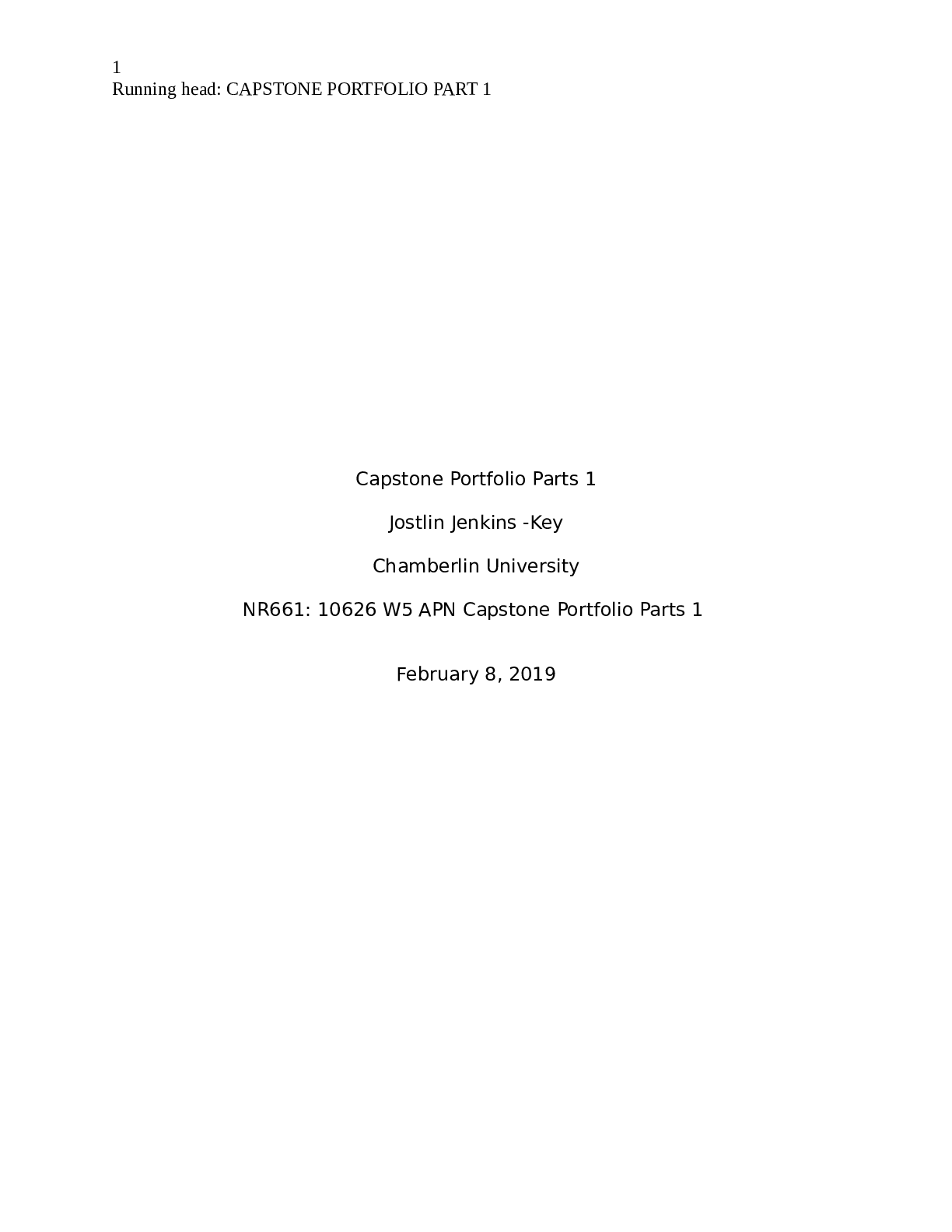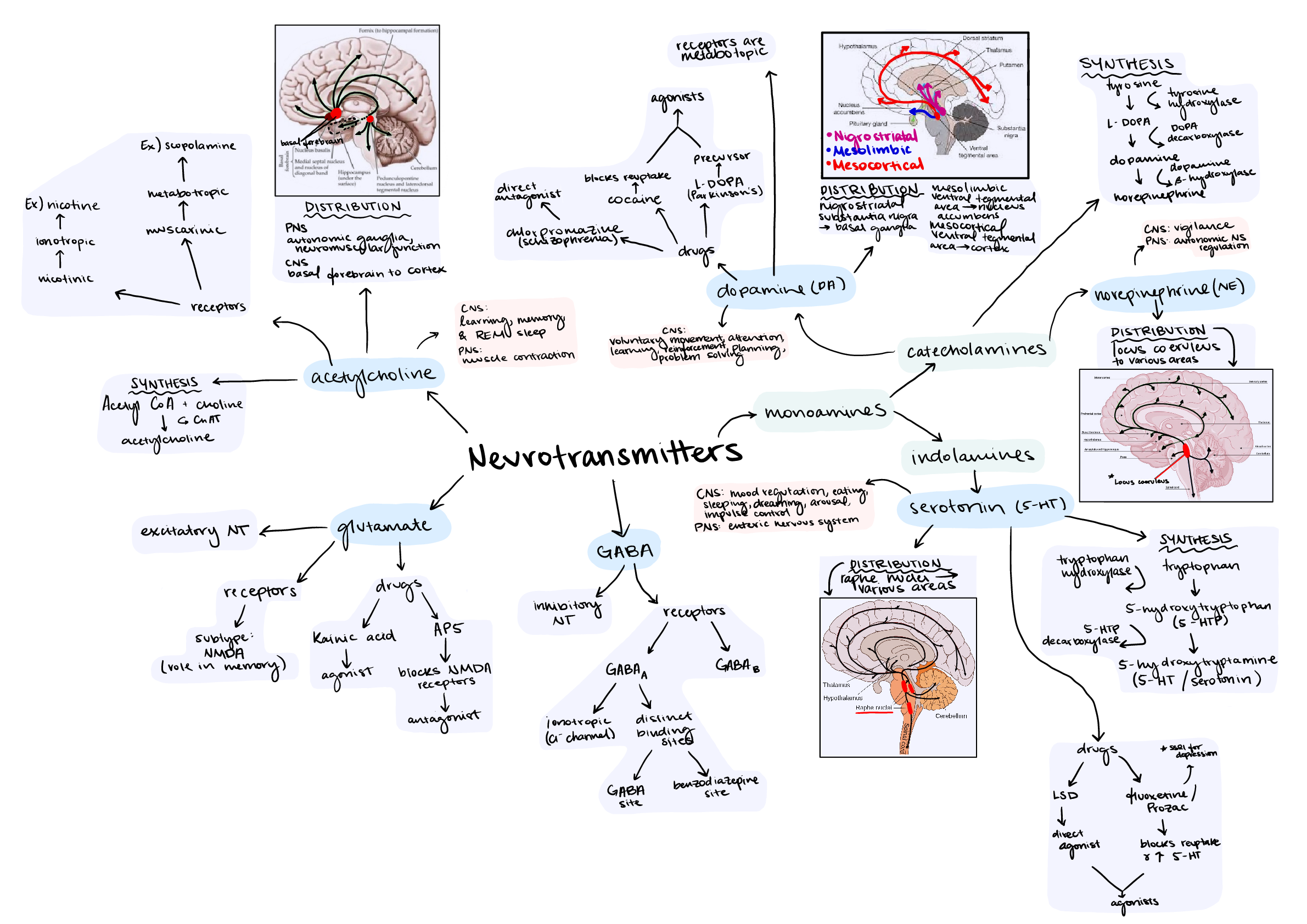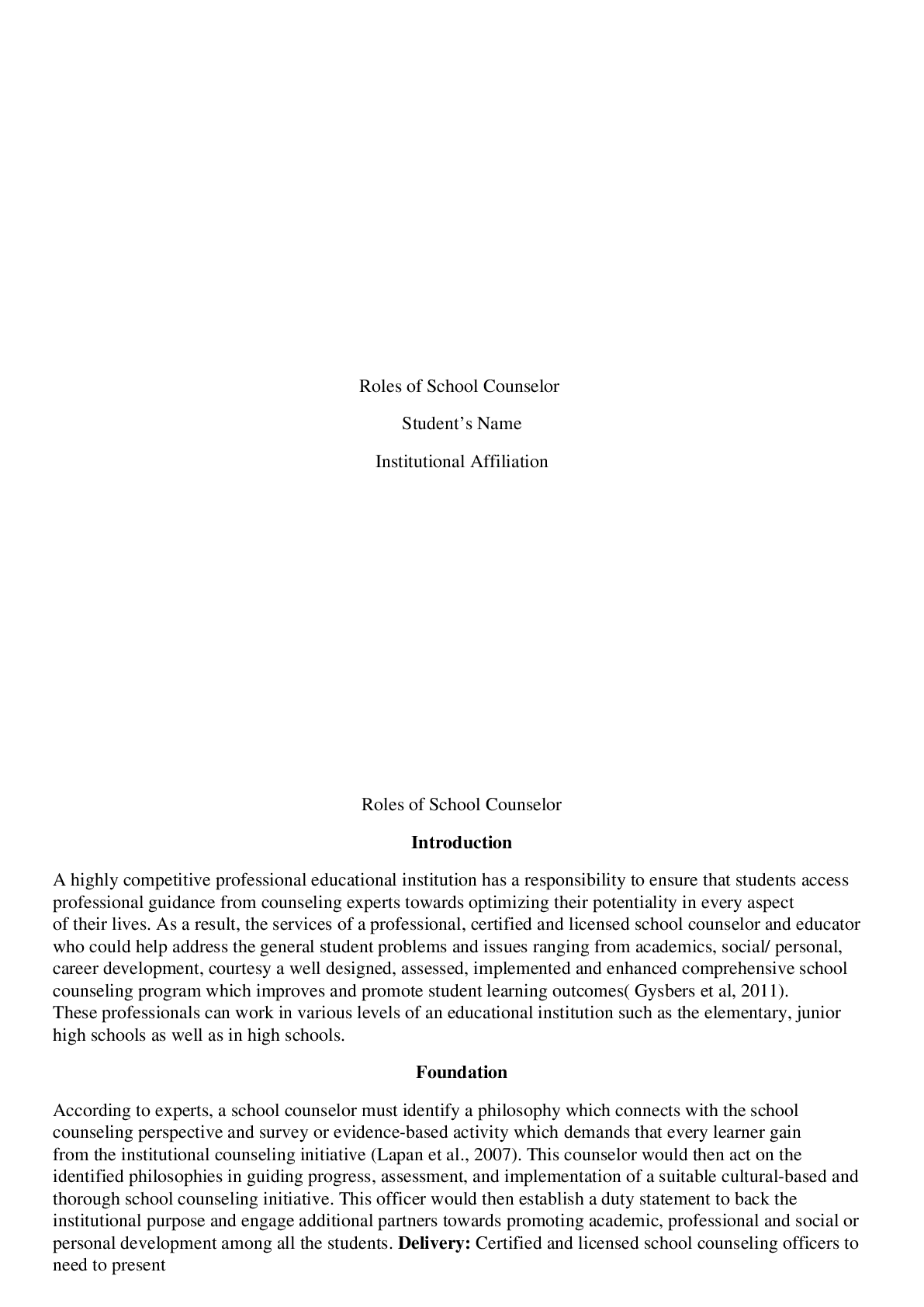Biology > Class Notes > West Valley CollegeBIO 10REVIEW - Unit 7_ Natural Selection (All)
West Valley CollegeBIO 10REVIEW - Unit 7_ Natural Selection
Document Content and Description Below
TOPIC 7.1 Introduction to Natural Selection ENDURING UNDERSTANDING EVO-1 Evolution is characterized by a change in the genetic makeup of a population over time and is supported by multiple lines of ... evidence. LEARNING OBJECTIVE EVO-1.C Describe the causes of natural selection. ESSENTIAL KNOWLEDGE EVO-1.C.1 Natural selection is a major mechanism of evolution. EVO-1.C.2 According to Darwin’s theory of natural selection, competition for limited resources results in differential survival. Individuals with more favorable phenotypes are more likely to survive and produce more offspring, thus passing traits to subsequent generations. LEARNING OBJECTIVE EVO-1.D Explain how natural selection affects populations. ESSENTIAL KNOWLEDGE EVO-1.D.1 Evolutionary fitness is measured by reproductive success. EVO-1.D.2 Biotic and abiotic environments can be more or less stable/fluctuating, and this affects the rate and direction of evolution; different genetic variations can be selected in each generation Each population has natural variations in phenotype. What phenotype would of each pair would allow an organism to best survive each environment? Environment Circle the phenotype What limited resource might this phenotype help the organism get more of? How would this differential survival impact the next generation of these organisms? Shady forest: Plant with large leaves or deep roots? Sunlight is the limited resources here. In order to obtain maximum sunlight and photosynthetic rate, the plants have larger leaves for max surface area. This adaptation helps next generation to get more adapted to even severe shade conditions. Eventually, their next generation will have high photosynthetic rate even in lower sunlight. Island with swampy marshes: Mammal with webbed feet or thick fur? As swampy areas are much water filled, the organism needs to swim. So, they will have webbed feet. Water living capabilities will be increased in next generations. Snowy tundra: Fox with sharp claws or a long tail? Sharp claws help them to catch their pray and for speedy running in the snow. Much evolved claws and high metabolic rate to keep homeostasis will be evolved in next generations. Consider two lizards. One lizard lived 5 years, had 25 offspring, and died of old age. The other lizard was eaten by a bird at 3 years old, and had 30 offspring. Which lizard was more fit? Why? The lizard that lived 3 years and had 30 offspring was more fit because it has a greater ability to increase offspring and to descend its genes to the next generation. © Science of Curiosit [Show More]
Last updated: 1 year ago
Preview 1 out of 20 pages

Reviews( 0 )
Document information
Connected school, study & course
About the document
Uploaded On
Apr 26, 2021
Number of pages
20
Written in
Additional information
This document has been written for:
Uploaded
Apr 26, 2021
Downloads
1
Views
118



